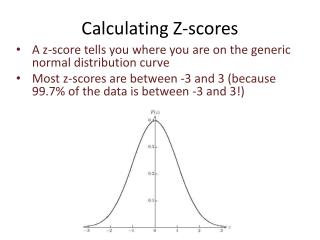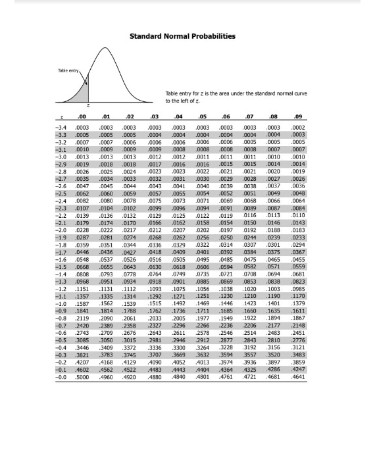

The later DHS surveys (DHS-V onwards) included height and weight measurements of all children born in the 5 years preceding the survey and listed in the Household Questionnaire, irrespective of the interview status of their mother. In many surveys, only a subsample of these children were selected for anthropometry. In phases of the DHS survey before DHS-IV, only children of interviewed women and who were under 5 years old (or the cutoff for the health section of the individual questionnaire) were weighed and measured. The extent of malnutrition in a population should be taken by the extent the proportions moderate and severe exceed these percentages that occur in a well-fed population of children. The WHO Child Growth Standards (WHO, 2006) have replaced the NCHS/CDC/WHO international reference standard as the standard for assessing the nutritional status of children.ĭue to natural variations in a well-nourished population, 2.2 percent of children will be between ‑2.0 and ‑2.99 SD below the mean, and 0.1 percent will be ‑3.0 or more SD below the mean. The distribution shows how infants and young children grow under these conditions, rather than how they grow in environments that may not support optimal growth. The World Health Organization (WHO) released an international growth standard statistical distribution in 2006, which describes the growth of children ages 0 to 59 months living in environments believed to support optimal growth of children in six countries throughout the world, including the U.S. Overweight, based on weight and height, is a measure of excess weight than is optimally healthy. Underweight, based on weight and age, is a composite measure of both acute and chronic statuses. Wasting, based on a child’s weight and height, is a measure of acute nutritional deficiency. Stunting, based on a child’s height and age, is a measure of chronic nutritional deficiency. Children who are flagged for out-of-range z-scores or invalid z-scores are excluded from both the denominator and the numerators. Children whose day of birth is missing or unknown are assigned day 15. Children whose month or year of birth are missing or unknown are flagged and excluded from both the denominators and the numerators for anthropometry indices that use age in the calculation (i.e. The mean z-scores are equal to the numerator divided by the appropriate denominator.Ĭhildren who were not weighed and measured and children whose values for weight and height were not recorded are excluded from both the denominators and the numerators. The percentage of children stunted, wasted, and underweight are equal to the specific numerators divided by the appropriate denominators and multiplied by 100. Children with height-for-age z-scores below -6 SD or above +6 SD, with weight-for-age z-scores below -6 SD or above +5 SD, or with weight for height z-scores below -5 SD or above +5 SD are flagged as having invalid data. Z-scores for height-for-age and weight-for-age are assigned special values to children with incomplete date of birth (month or year missing or “don’t know”) as the z-scores are sensitive to changes in age. In the process of assigning the z-scores, checks are made on their plausibility. 10.7) and so recalculated z-scores may differ slightly. This is rounded in the recode file to one decimal (variable hc2) (e.g. Additionally, when the data are collected the weight variable includes two decimal places for weight (e.g. Time period: Current status at time of surveyġ) Severely stunted: Number of children whose height-for-age z-score is below minus 3 (‑3.0) standard deviations (SD) below the mean on the WHO Child Growth Standards (hc70 200 & hc72 200 & hc71 1).


Population base: Living children born 0-59 months before the survey (PR file) Percentage of children under 5 years of age, by nutritional status:Ĥ) Mean z-score for height-for-age, weight-for-height, and weight-for-age. Percentage of children stunted, wasted, and underweight, and mean z-scores for stunting, wasting and underweight


 0 kommentar(er)
0 kommentar(er)
